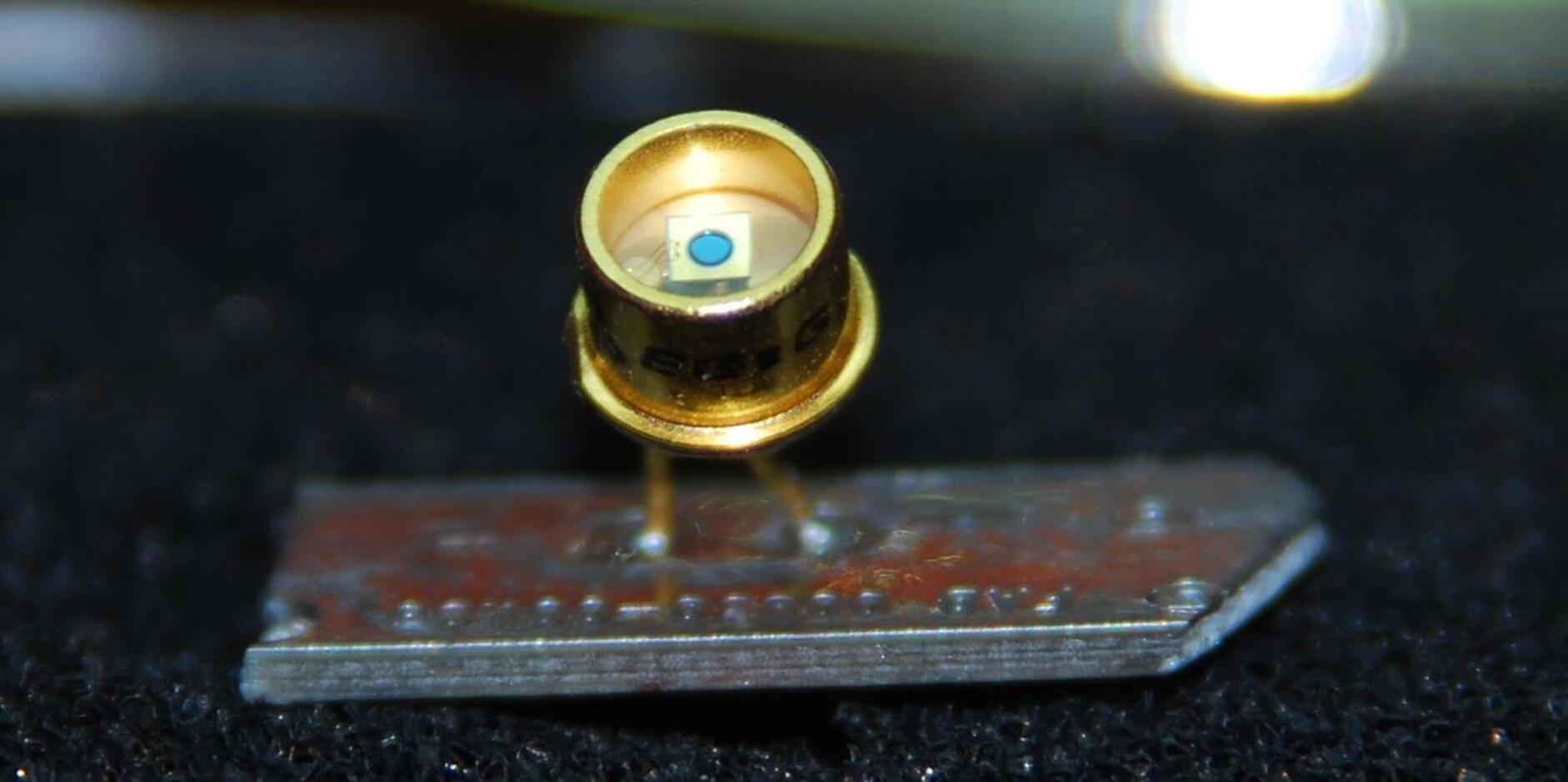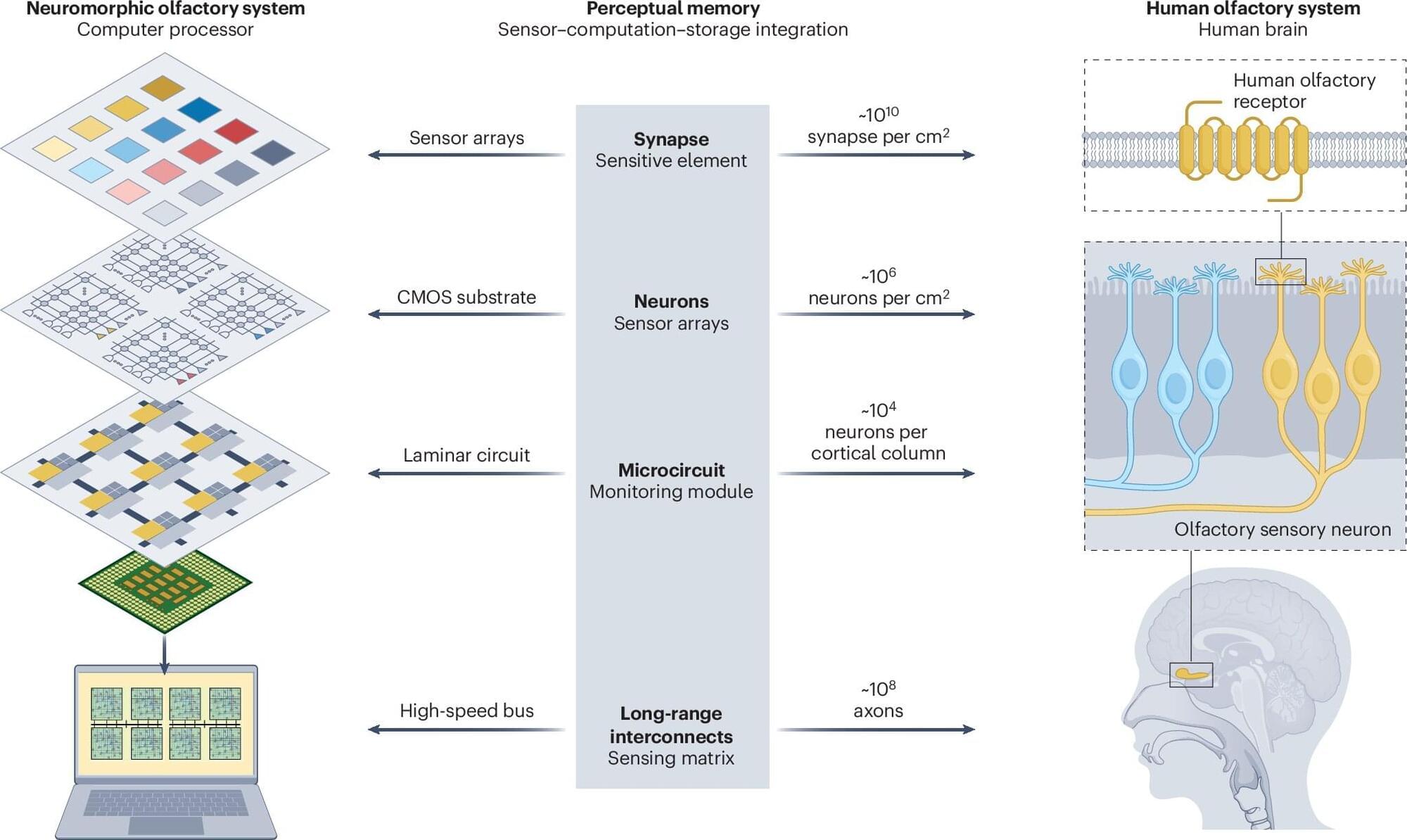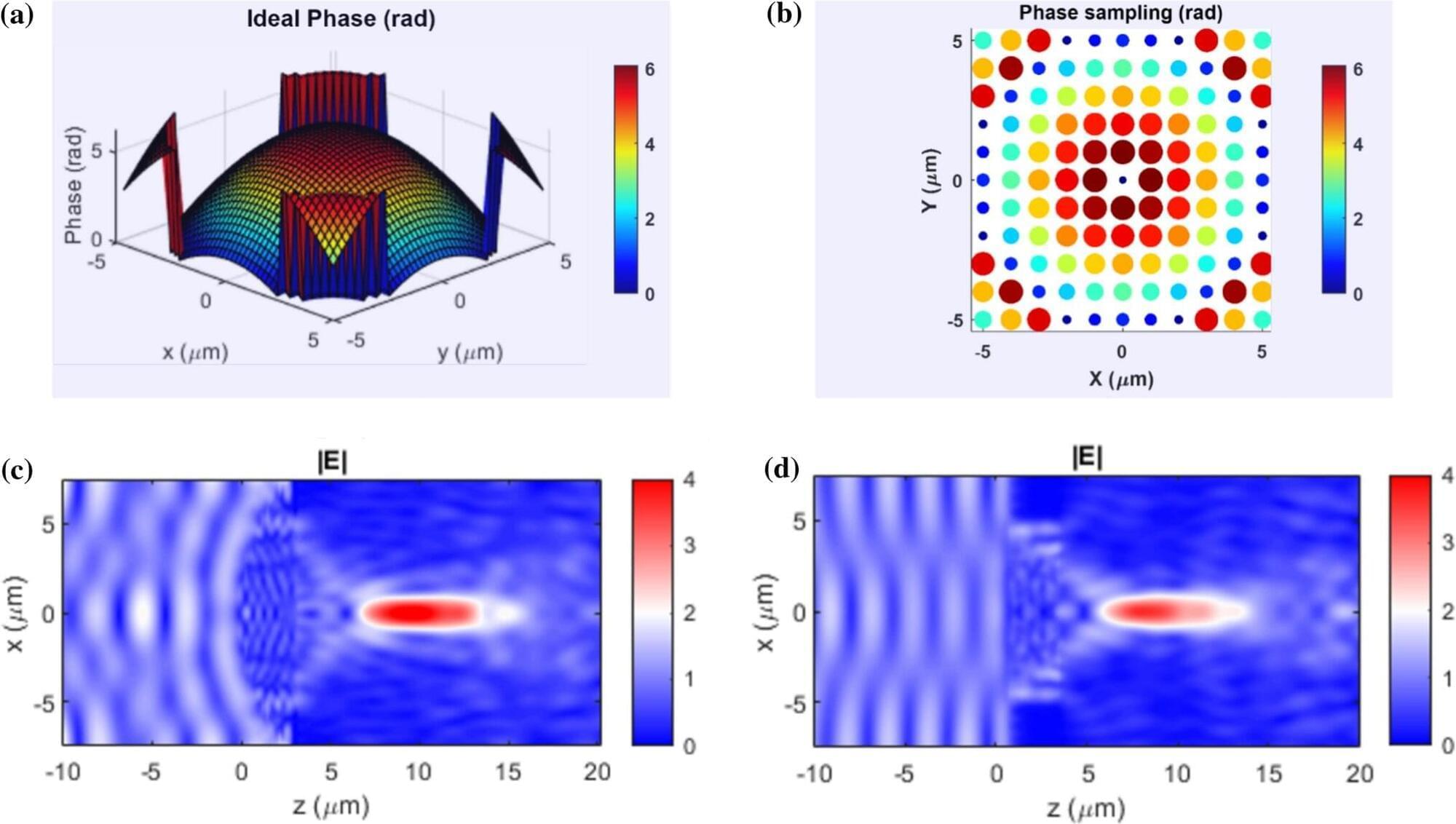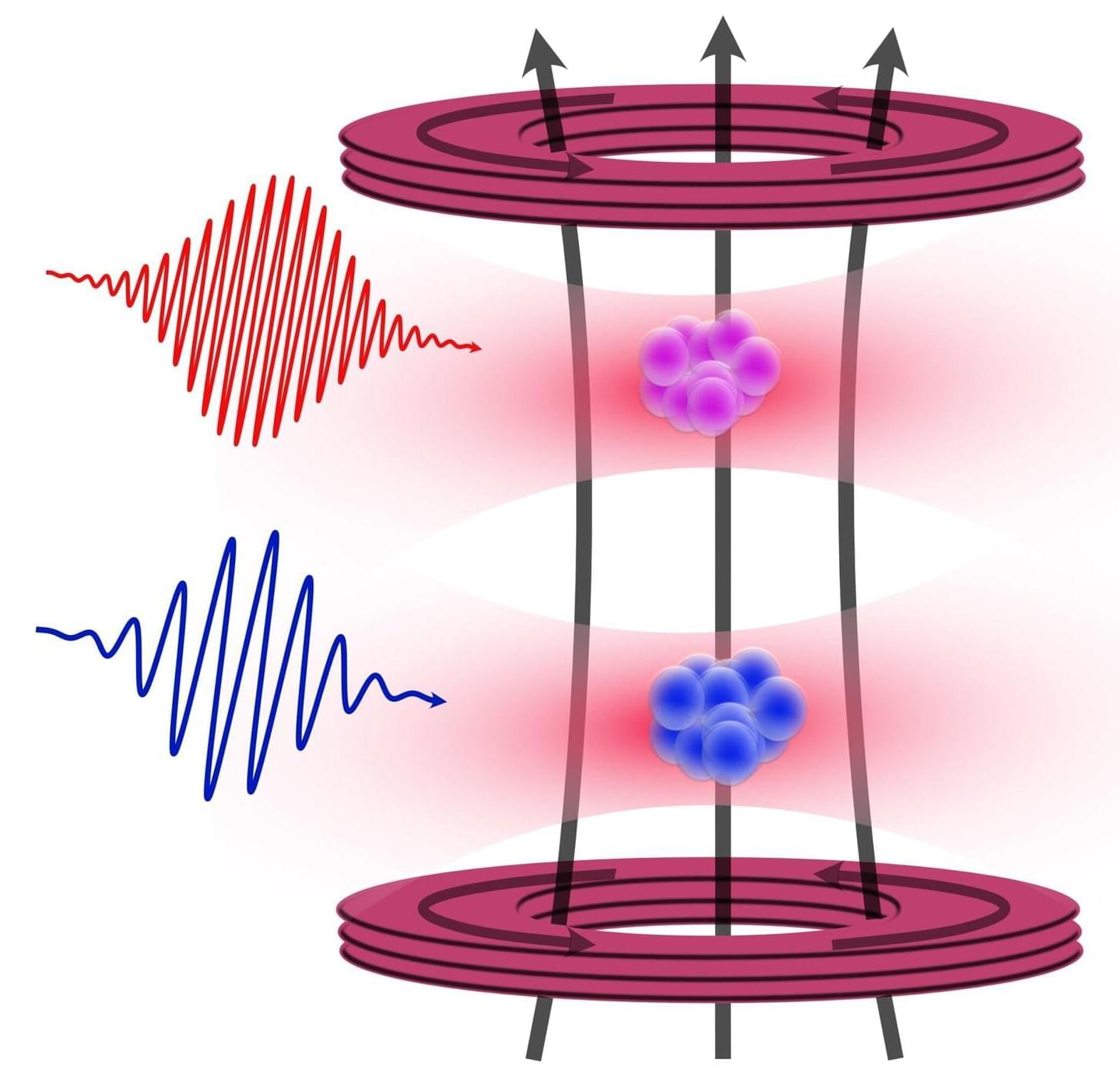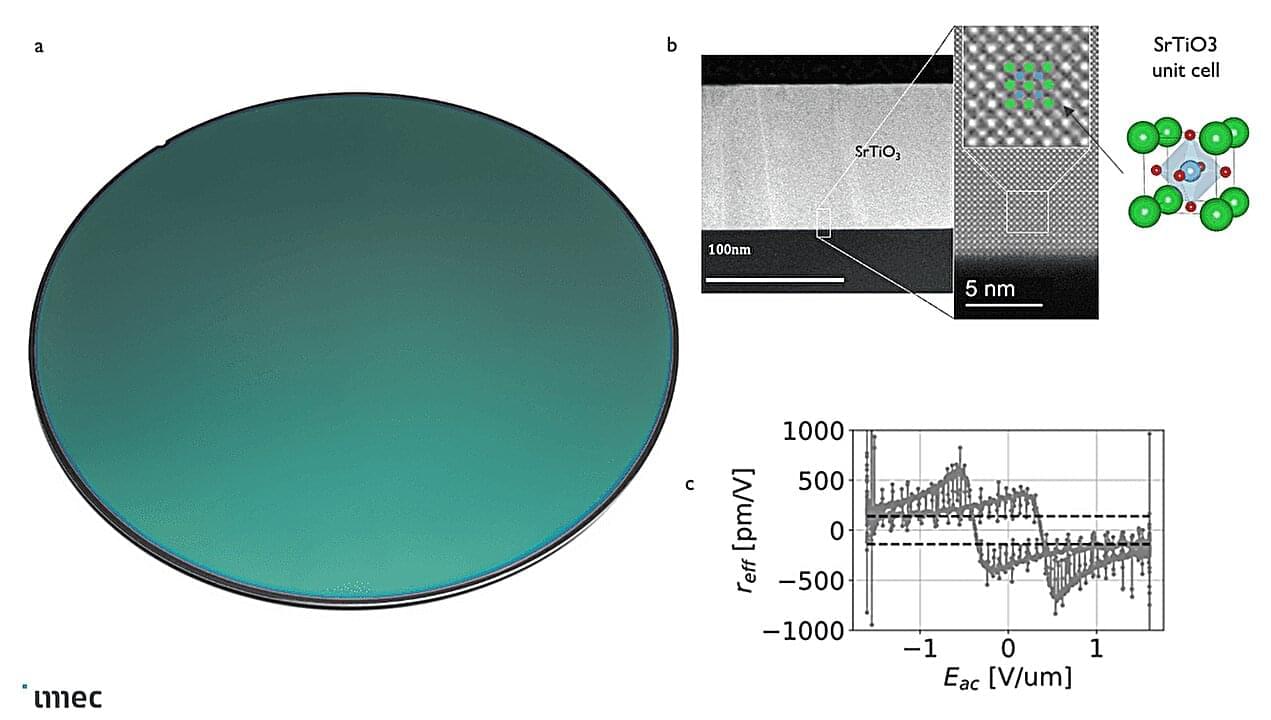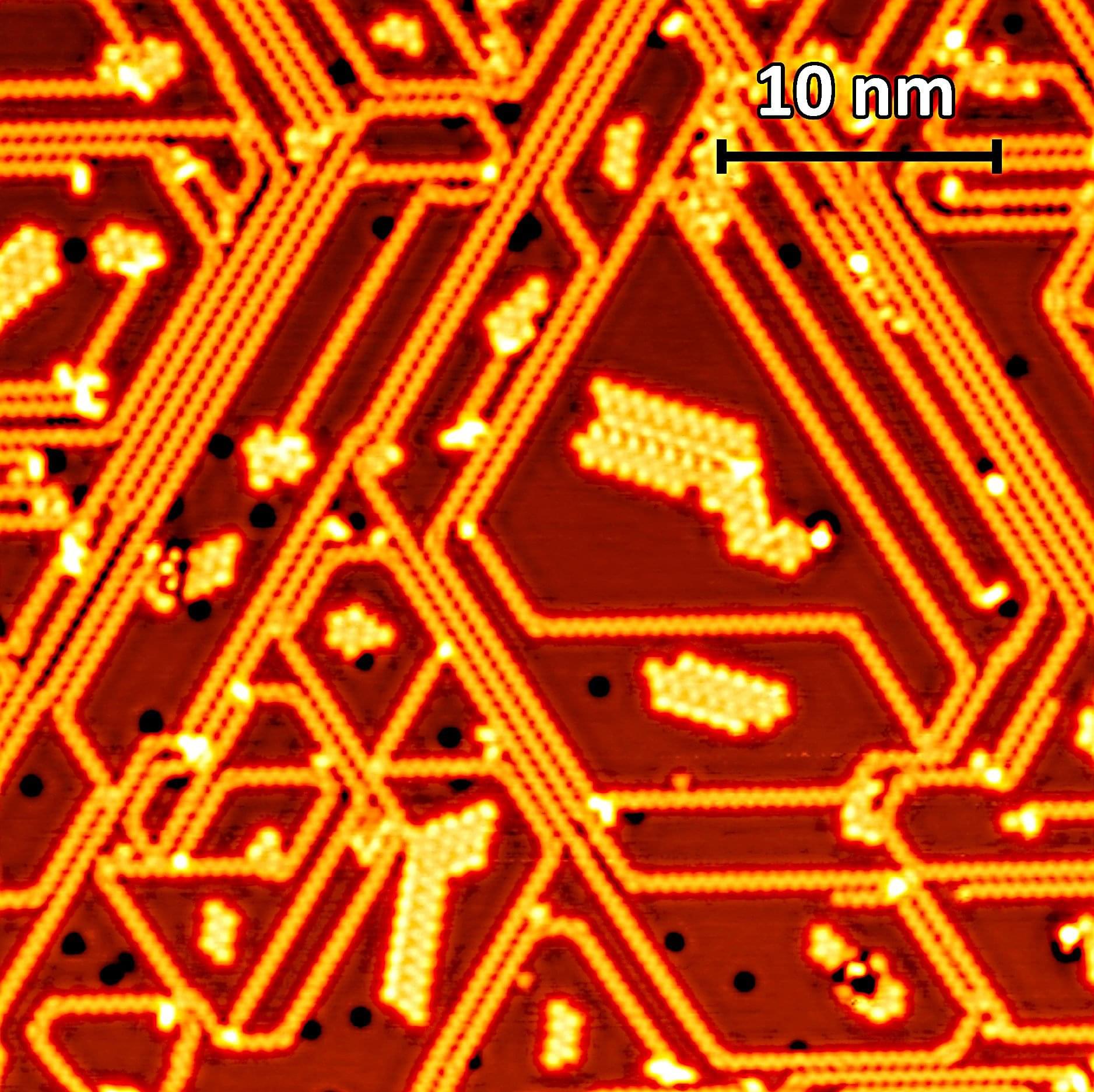Geiger-mode avalanche photodiodes (GM-APDs) are highly sensitive light detectors, capable of detecting single photons. Photons of certain wavelengths, when absorbed by photodiodes, generate electron-hole pairs in a process called impact ionization which can result in a multiplication of charges when occurring in an electric field.
An avalanche photodiode is biased above its “breakdown voltage,” at which point impact ionizations reach a self-sustaining rate, resulting in a distinct electrical pulse that is readily detectable. To detect single photons in the presence of other mechanisms that generate impact ionization, the avalanche diode must simultaneously have a high probability to absorb incident photons of the desired wavelength, known as the unity-gain quantum efficiency (QE). Both being able to support high fields and having good QE at the desired wavelength are critical factors in determining the device’s sensitivity.
Certain GM-APDs based on 4H-silicon carbide (4H-SiC) have high single-photon detection efficiency in the deep-ultraviolet (DUV) wavelengths around 280 nanometers. To reliably detect photons at higher wavelengths where absorption is weaker, SiC GM-APDs need to improve their baseline photon capture efficiency, as indicated by its unity-gain QE. To accomplish this, researchers often employ APDs with much thicker absorber layers. However, this can often lead to design challenges.
